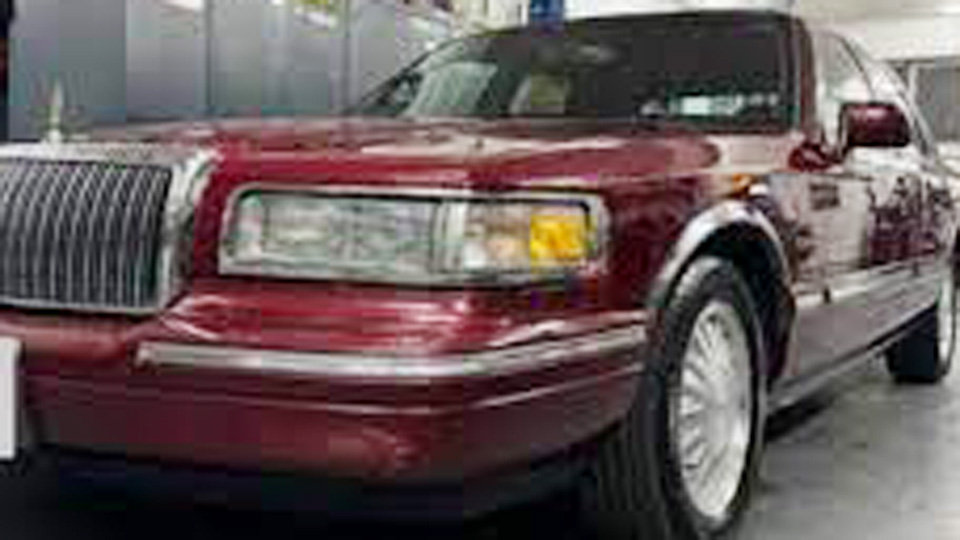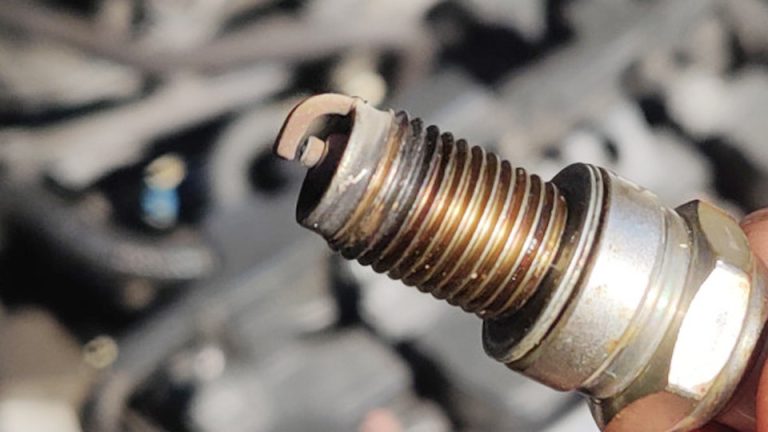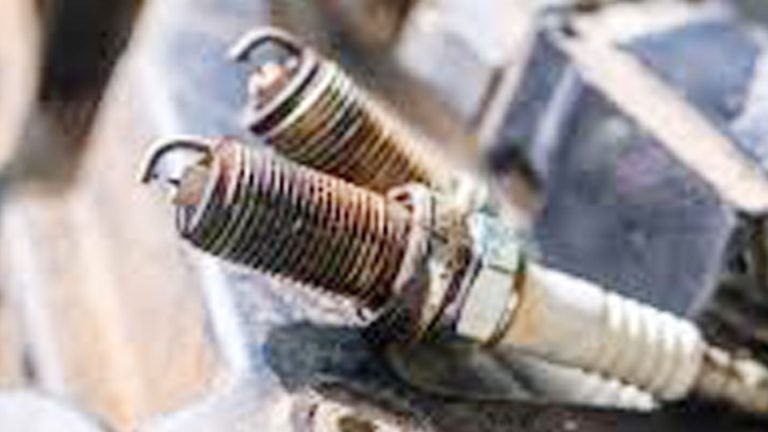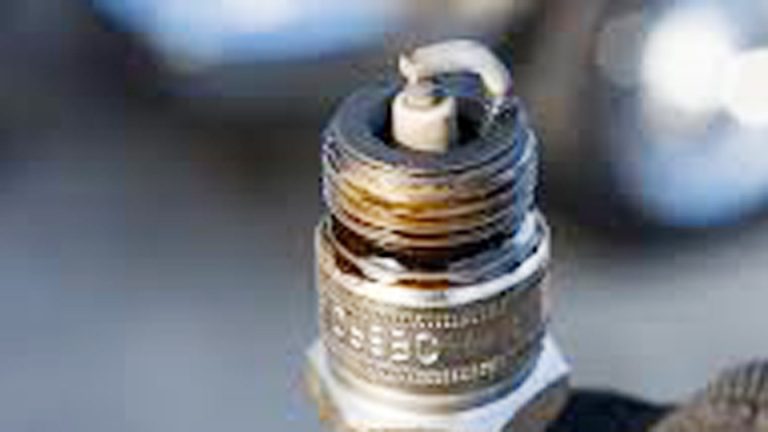If you’re staring under the hood of your Lincoln Town Car wondering how to change spark plugs on a Lincoln Town Car, you’ve come to the right place. I’ve spent years wrenching on these luxurious beasts in my shop, from the early ’90s models to the later ones rolling off the line in 2011. These cars, with their smooth 4.6L V8 engines, are built like tanks, but even tanks need tune-ups.
Replacing spark plugs isn’t just about keeping that V8 purring—it’s crucial for performance, fuel efficiency, and avoiding costly breakdowns. I’ve seen owners ignore fouled plugs and end up with misfires that chew through gas like nobody’s business. Let’s dive in and get you sorted, step by step, like we’re side by side in the garage.
Spark plugs might seem like small potatoes, but they’re the heart of your ignition system. They create the spark that ignites the air-fuel mixture in each cylinder, powering your Town Car down the highway. When they’re worn, your engine loses efficiency, burns more fuel, and can even lead to safety issues like sudden power loss during acceleration. I’ve replaced hundreds in Fords and Lincolns, and trust me, fresh plugs can shave dollars off your gas bill and keep that ride reliable for cross-country hauls.

Image by theparking
What Are Spark Plugs and What Do They Do in Your Lincoln Town Car?
Spark plugs are those little threaded wonders screwed into the cylinder head, right under the ignition coils in your Town Car’s modular V8. Their job? To deliver a high-voltage spark at just the right moment, igniting the compressed fuel-air mix for smooth combustion. In a Lincoln Town Car, especially the 1991-2011 models with the 4.6L engine, they’re critical for that signature smooth ride—think effortless merging on the interstate or quiet idling at a stoplight.
From my experience, these plugs take a beating. Heat, pressure, and contaminants wear down the electrodes over time. A good plug lasts 60,000 to 100,000 miles, but in stop-and-go city driving, I’ve pulled them out looking like they’ve been through a war zone much sooner. They directly impact performance: crisp acceleration, steady power, and even emissions control to pass those US smog tests.
Signs Your Lincoln Town Car Needs New Spark Plugs
You don’t want to wait until your Town Car is sputtering like an old lawnmower. I’ve had customers limp into my shop with engines misfiring, thinking it’s a transmission issue, only to find fouled plugs. Common signs? Rough idling—your car shakes at red lights like it’s got the chills. Poor acceleration, where flooring it feels sluggish, especially on highways. Reduced gas mileage; if you’re filling up more often without changing your driving, plugs could be the culprit.
Engine misfires are a big red flag—feels like a hiccup under load. Hard starts in the morning, or even a check engine light with codes like P0308 for cylinder-specific issues. I remember a ’06 Town Car I worked on; the owner complained of lean bank codes and a misfire on cylinder 8. Pulled the plug, and it was soaked in oil from a leaky valve cover gasket. Classic symptom, and an easy fix once spotted.
Other tells: Sputtering noises during startup or a drop in overall power. If ignored, it can damage catalytic converters, hiking repair costs. In the US, with varying fuel qualities, ethanol blends can accelerate wear, so keep an eye out.
When and Why You Need to Replace Spark Plugs in a Lincoln Town Car
Lincoln recommends changing plugs every 100,000 miles, but I’ve found that’s optimistic. Why replace? Worn plugs cause incomplete combustion, slashing fuel efficiency by 10-20% and hurting reliability. Safety-wise, a misfire at high speed is no joke. Cost? Neglect them, and you’re looking at pricier fixes like coil replacements.
In my workshop, I advise checking at 60,000 miles, especially if you tow or drive in dusty areas. For older Town Cars (pre-2000), with their 5.0L V8s in some models, plugs foul faster due to less efficient designs. Replacement restores that pep, improves MPG, and ensures the car runs clean for emissions.
Best Spark Plugs for Your Lincoln Town Car
Choosing the right plugs is key—I’ve tested plenty. For the 4.6L V8, Motorcraft OEM like the AGSF-32PM or SP-493 are my go-to. They’re platinum-tipped for longevity, pre-gapped at around 0.054 inches, and built for Ford’s modular engines.
Aftermarket options? NGK G-Power or Iridium IX work well, offering better heat resistance. Bosch platinums are decent too, but I’ve seen them gap inconsistently. Prices: OEM Motorcraft run $5-8 each at AutoZone or Advance Auto Parts. NGK? Around $3-5 per plug. For a full set of 8, expect $40-60 for aftermarket vs $50-80 for OEM.
Here’s a quick comparison table based on what I’ve used in real Town Cars:
| Brand | Type | Price per Plug (USD) | Pros | Cons |
|---|---|---|---|---|
| Motorcraft (OEM) | Platinum | $6-8 | Perfect fit, long life (100k+ miles), reliable in US climates | Slightly pricier, harder to find in bulk |
| NGK G-Power | Platinum | $3-5 | Affordable, good cold starts, available at most US auto stores | May not last as long in high-heat conditions |
| Bosch | Iridium | $7-10 | Excellent durability, better for performance tweaks | Can be overkill, potential gap issues |
| Champion | Copper | $2-4 | Cheap, easy to source | Shorter lifespan (30-50k miles), fouls quicker |
I once swapped to NGK in a ’03 Town Car for a budget-conscious client—it ran fine, but the OEMs in my own ’06 feel smoother.
OEM vs Aftermarket Spark Plugs: Which to Choose for Your Lincoln Town Car?
OEM plugs from Motorcraft are designed specifically for the Town Car’s engine—better compatibility, fewer misfires. They’ve got the right heat range to prevent pre-ignition in that aluminum head. Aftermarket? Cheaper and often perform well, but I’ve seen knockoffs cause issues like poor threading.
Pros of OEM: Reliability, warranty-friendly (important for leased Lincolns), optimal performance. Cons: Cost more upfront. Aftermarket pros: Savings, variety (iridium for longer life). Cons: Quality varies; fakes abound on online marketplaces.
In the US market, stick to reputable brands. I’ve compared them head-to-head: OEM lasted 120,000 miles in a fleet Town Car I serviced, while aftermarket NGKs needed swapping at 80,000. Tip: Check for genuine by inspecting packaging—OEM has Ford holograms; fakes feel cheap.
Tools Needed to Change Spark Plugs on a Lincoln Town Car
Don’t start without the right gear—I’ve learned that the hard way. Basics: A 5/8-inch spark plug socket (rubber-lined to grip the plug), 7mm wrench or socket for coil bolts (wrench is better for tight spots under fuel rails), ratchet with extensions (6-9 inches), and a swivel joint for angles.
Other essentials: Flathead screwdriver for harness clips, anti-seize compound, dielectric grease for boots, torque wrench (set to 13 ft-lbs for plugs), and a magnet for dropped bolts. Gap tool if not pre-gapped. Compressed air to blow out debris. Safety: Gloves, eye protection, and disconnect the battery first.
For ’97-’11 models, the coils are tricky—use a 7mm on those bolts. I keep a dedicated kit in my toolbox; costs about $20-30 at Harbor Freight.
Step-by-Step Guide: How to Change Spark Plugs on a Lincoln Town Car
Alright, let’s get greasy. This applies to most 1991-2011 Town Cars with the 4.6L V8. Park on level ground, engine cool. Disconnect the negative battery terminal with an 8mm wrench—safety first, avoids shorts.
Step 1: Locate the coils—four per bank, under plastic covers if present. Unplug the electrical connector on each coil by pressing the tab.
Step 2: Remove the 7mm bolt holding the coil. Twist and pull the coil out gently; if the boot sticks, use pliers carefully.
Step 3: Blow out the well with compressed air to clear debris—prevents junk falling into the cylinder.
Step 4: Insert the 5/8″ socket with extension, loosen the old plug counterclockwise. Pull it out, inspect for fouling (black soot means rich mix, white for lean).
Step 5: Gap new plug if needed (0.052-0.056 inches for most). Apply anti-seize to threads, hand-thread in clockwise to avoid cross-threading.
Step 6: Torque to 13-15 ft-lbs. Reinstall coil with grease on boot, tighten bolt to 5-7 ft-lbs, reconnect harness.
Repeat for all eight. Reconnect battery, start engine—listen for smooth idle. Time? 1-2 hours for DIYers.
I did this on a ’03 recently; the rear plugs (#4 and #8) are tight—use extensions and patience.
Installation Tips, Maintenance, and Common Mistakes to Avoid
Tips: Work one plug at a time to avoid mixing coils. Use anti-seize sparingly—too much can foul electrodes. For maintenance, check plugs annually during oil changes; clean coils if dirty.
Common mistakes? Over-tightening—strips aluminum threads, costly fix (heli-coil kits run $50+). Cross-threading by not hand-starting. Forgetting to gap, leading to misfires. Pulling on wires instead of connectors—breaks harnesses. Not cleaning wells; debris causes engine damage.
I’ve seen DIYers break plugs in half trying to force them—always soak with penetrant if stuck. Pro tip: Replace coils if over 100k miles; they’re $20-30 each and prevent comebacks.
Spark Plug Replacement Cost for a Lincoln Town Car
DIY? Parts $40-80, tools if needed $20-50—total under $100. Shop? Labor $190-279, parts $65, averaging $255-344. In US cities like Chicago or LA, add 20% for premium service. I’ve charged $250 for the job, including diagnostics.
Aftermarket saves $20-30 vs OEM, but factor longevity. Fake plugs? Avoid; they fail fast, costing more long-term.
Personal Anecdotes from the Workshop: Fixing Spark Plugs on Lincoln Town Cars
Back in my early days, I had a ’98 Town Car come in running rough. Owner thought it was fuel pump—$500 fix. Pulled plugs, found them gapped wrong from a cheap job. Swapped to Motorcraft, and it drove like new. Saved him a bundle.
Another time, a fleet of Town Cars for a limo service—plugs fouled from idling. I recommended iridium aftermarkets for better resistance; cut their maintenance by half. Customers often ask, “Will this improve MPG?” Yep, up to 2-3 MPG in my tests.
Conclusion
Wrapping up, changing spark plugs on your Lincoln Town Car keeps it reliable, efficient, and fun to drive. Prioritize OEM for peace of mind, or quality aftermarket to save cash—either way, follow the steps, use the right tools, and avoid those pitfalls. You’ll extend engine life, boost performance, and cut costs. Final pro tip: Always inspect for oil in wells; it signals gasket issues before they worsen. Drive safe, and hit me up if you’re stuck—happy wrenching!
FAQ: Common Questions About Spark Plugs on Lincoln Town Car
What is the spark plug gap for a Lincoln Town Car?
For most 4.6L V8 models, it’s 0.052-0.056 inches. Check your manual—OEMs come pre-gapped, but verify with a feeler gauge for best performance.
How often should I replace spark plugs in my Lincoln Town Car?
Every 60,000-100,000 miles, depending on driving. City use? Sooner. I’ve seen them last longer with highway miles, but don’t push it.
Can I use iridium spark plugs in my Lincoln Town Car?
Yes, they’re great for longevity. NGK or Bosch iridiums fit well, but ensure the heat range matches OEM to avoid pinging.
What causes oil in spark plug wells on a Lincoln Town Car?
Usually a leaky valve cover gasket. Fix it quick—oil fouls plugs fast. I’ve replaced gaskets during plug jobs to prevent repeats.
Are there any recalls on Lincoln Town Car spark plugs?
No major ones, but check Ford’s site for your VIN. Issues like blown plugs in early modular V8s were more common in trucks, not Town Cars.



